The James Webb Space Telescope (JWST) has confirmed the presence of polycyclic aromatic hydrocarbons (PAHs) in a galaxy more than 12 billion light years away. The universe would have been less than 1.5 billion years old when these compounds were created, making it the earliest that such complex chemicals are known to have formed. PAHs can be used as an indicator of star forming activity within a galaxy, and the data suggests that this early galaxy was forming new stars rapidly but not necessarily uniformly throughout.
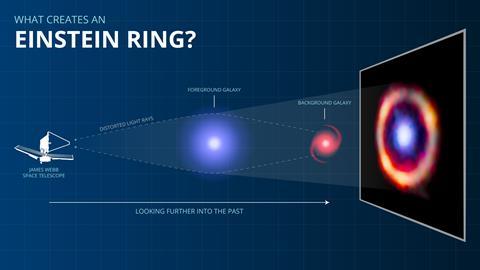
The JWST’s mid-infrared instrument was able to observe this galaxy because of a gravitational lensing effect of a closer galaxy almost perfectly aligned with it. The light from the farther away galaxy shows up as a ring around the closer galaxy, whose gravity bends the light from the more distant galaxy around itself, distorting and magnifying it.
References
JS Spilker et al, Nature, 2023, DOI: 10.1038/s41586-023-05998-6


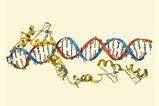


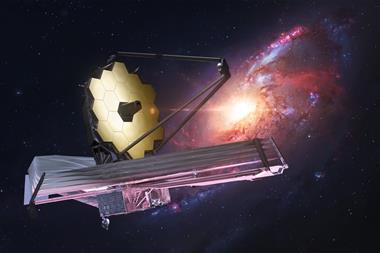
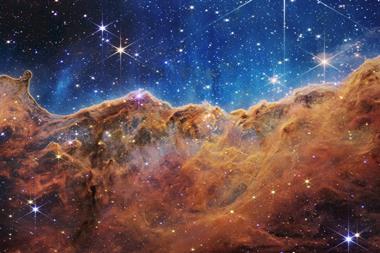
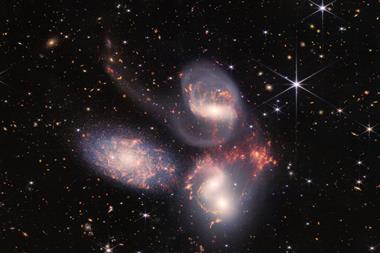
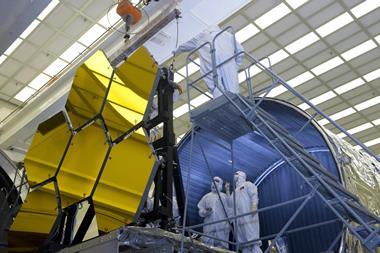

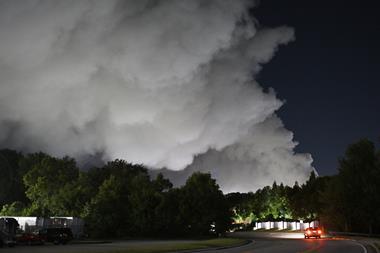




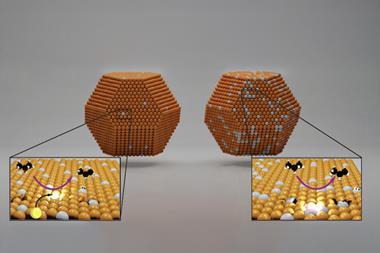

No comments yet